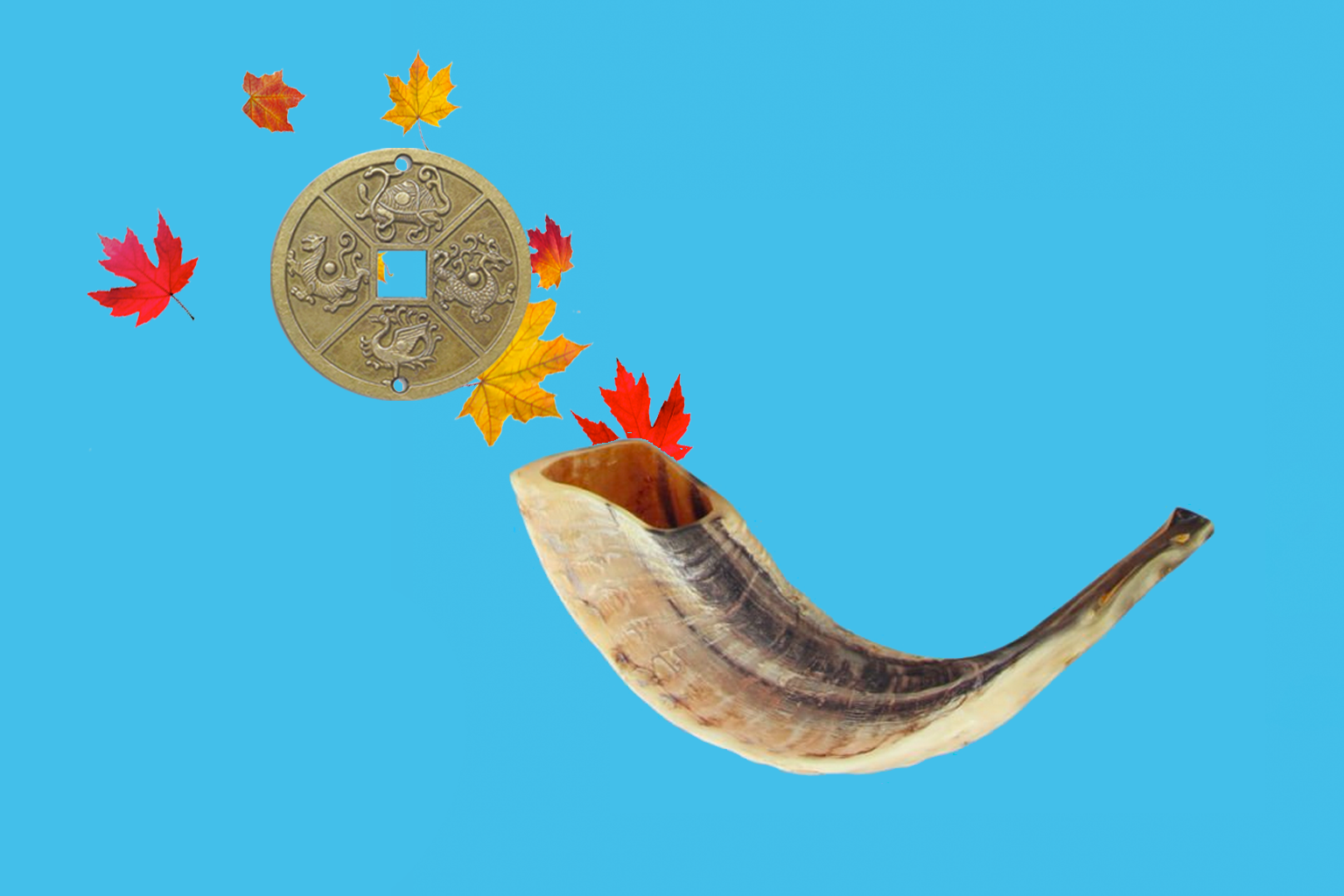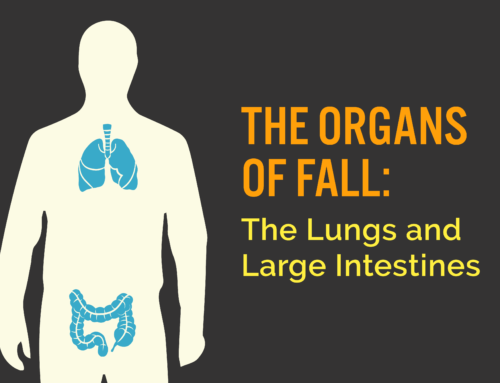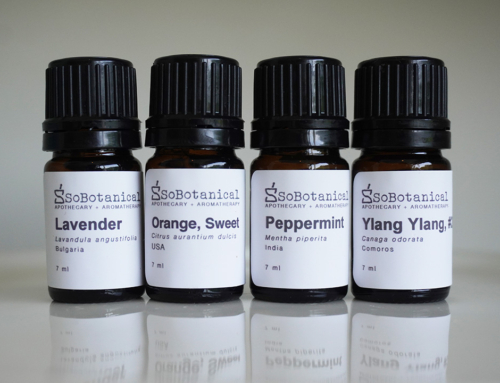Judaism and Traditional Chinese Medicine (TCM) are two distinct systems with different purposes and cultural backgrounds. However, they do share some conceptual similarities, especially when considering certain aspects of their teachings in the context of the fall season. In particular, the High Holidays and TCM concepts associated with fall have some interesting overlap.
Both the High Holidays in Judaism and TCM emphasize the significance of seasonal transitions and its influence on emotions, as well as “taking stock” of ourselves. In TCM, the transition from summer to fall is seen as a time of change as well as a time of reflection, with particular emphasis on letting go of what no longer serves. Meanwhile the High Holidays, which include Rosh Hashanah (the Jewish New Year) and Yom Kippur (the Day of Atonement), marks a period of reflection, renewal, and repentance.
Emotion of Grief
TCM and Judaism both have a strong emphasis on how emotional well-being can impact physical health. In particular, the emotion of grief is closely associated with fall for both systems.
During the fall season, TCM encourages us to confront this difficult emotion, releasing anything that needs to be let go of in order to allow Qi (energy) to flow more freely in the body.
Similarly in Judaism, the High Holidays explore a similar emotional healing during this period. In particular, Yom Kippur is considered a day of mourning with a special service (Yizkor) that provides time to remember the deceased and honor one’s own feelings of grief.
Judgment and Discernment
In TCM, the Metal element is associated with the fall season, with an emphasis on judgment, discernment and refinement. While judgment can be used in discerning what to keep and what to release, in its purest form, judgment also helps to recognize a “higher” truth, whether spiritual or social.
During The High Holidays, the concept of judgment is strong as G-d determines who lives and dies, who should be recorded in the Book of Life and who should not. Additionally, those who observe these holidays are reminded of what is right and what is wrong, passing these judgments on to future generations.
White
In TCM, fall and the Metal element are associated with the color white. White symbolizes the idea of letting go of impurities, both physical and emotional, and seeking clarity and purity of thought.
As one of the holiest days in the Jewish calendar, Yom Kippur is a time for introspection, prayer, and repentance. During this holiday, many Jewish people wear white clothing to represent a clean slate and the aspiration to be spiritually purified and forgiven for their sins.
It’s important to note that these similarities are more conceptual and philosophical in nature, as the High Holidays are primarily a religious and cultural observance in Judaism, while TCM is a traditional system of medicine. Nevertheless, the connections between seasonal transitions, introspection, and well-being are present in both systems, through recognition that the changing of seasons impacts human health and spirituality.





